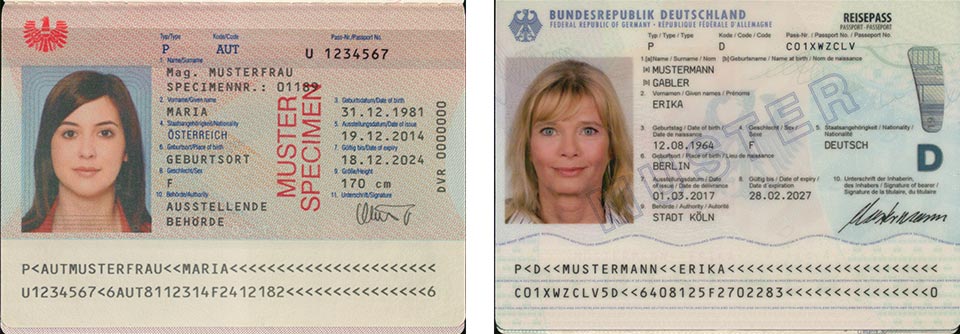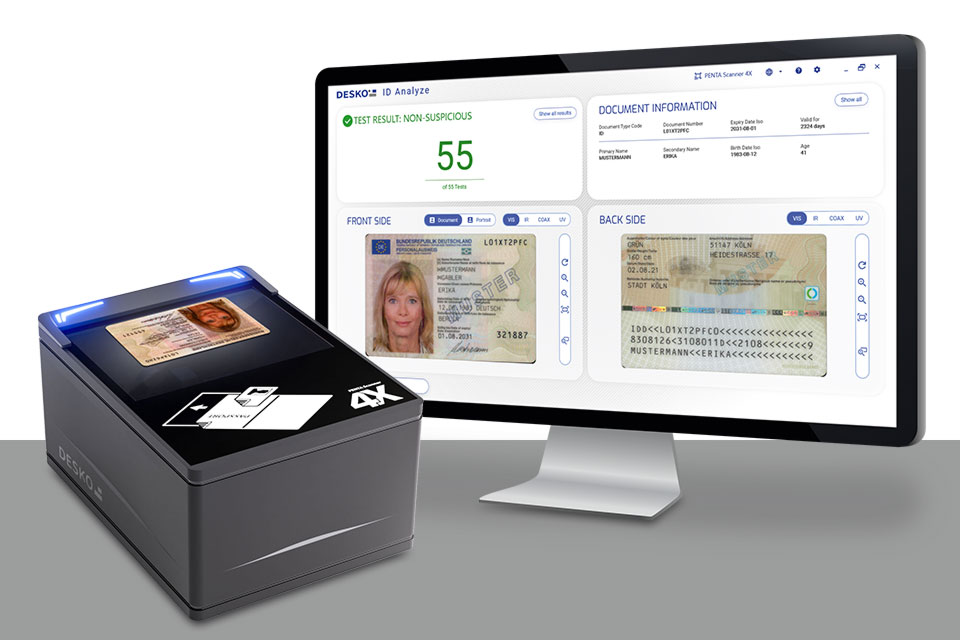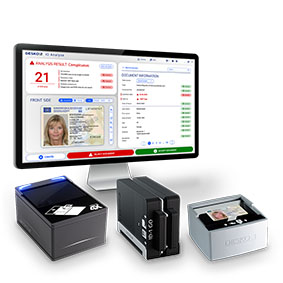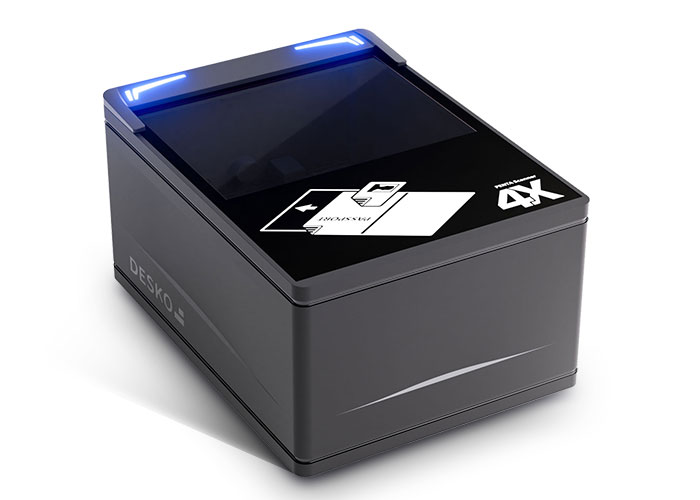Synchronise passport data: Important steps in the verification of identity documents
Reliable identity verification processes are crucial to ensure passenger safety at airports and airplanes. Understanding the structure of ID documents and the challenges in analyzing them helps to allow for reliable verification processes and to comply with regulations, enhancing security and maintaining the trust of passengers.

The basics: ICAO standards for machine-readable travel documents
The document 9303 of the International Civil Aviation Association (ICAO) defines the standards for machine-readable travel documents like passports, ID cards and visas. More than 190 countries are committed to applying these guidelines to their machine-readable documents.
To ensure standardization, the ICAO divides identity document into different zones to which specific data sets are assigned.
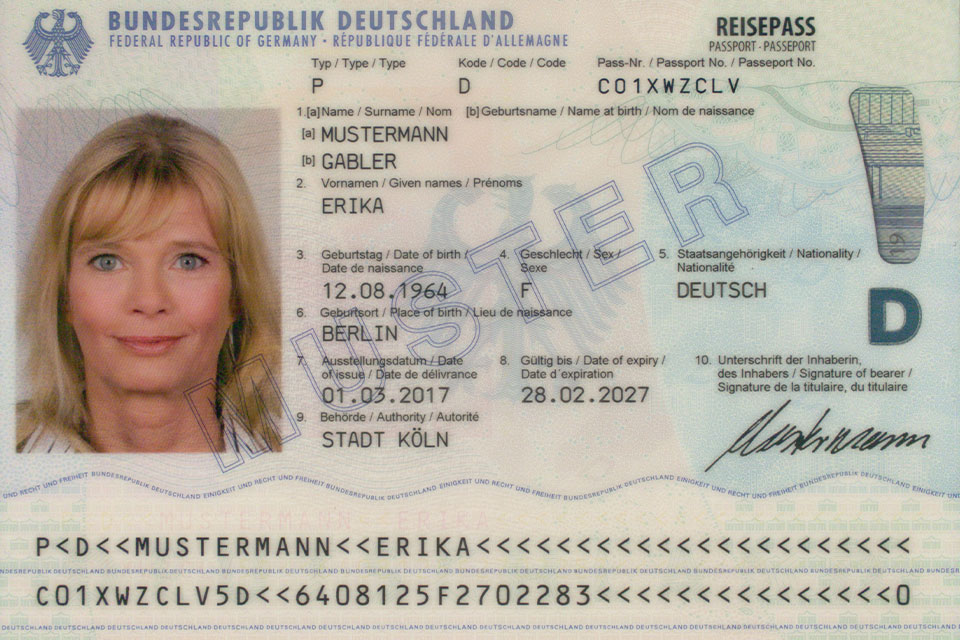
On the ID card and passport data page, we distinguish between two zones:
- Visual Inspection Zone (VIZ): The data group of this zone includes the photograph, the document designation, personal data, the date of issue and the validity of the document.
- The Machine-readable Zone (MRZ): In the two to three lines of the MRZ, information from the VIZ is strung together with alphanumeric characters and the “<” symbol. The requirement for the machine-readable zone is that all information can be read by specific devices, such as DESKO document readers.
It is important to know that personal data, like the name of the passport holder, repeatedly appears in the various data zones of the identity document. It can be found in the visual inspection zone, the machine-readable zone and in the case of electronic passports, on the included RFID chip.
The idea: The importance of data consistency checks during identity verification
In the identity verification process, consistency checks of data from the different zones of the ID card or passport data pages play an important role. Data that does not match is often an indication of manipulated or forged documents. Data cross-checking, which means performing consistency checks between the information from the different document components, helps to ensure the authenticity and accuracy of the presented identification document.
The process of ID document verification includes two essential steps:
Step 1: Data validation of information encoded in the MRZ against the information in the VIZ. This comparison can already reveal inconsistencies of data alterations, e.g. a transposed digit.
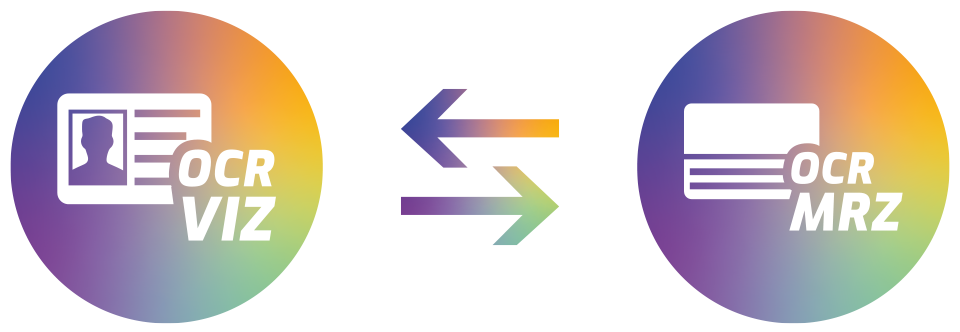

Step 2: Validation of data printed on passport data page against information stored on the microchip. The image stored on the chip needs to be cross-checked against the image in the VIZ to enhance the credibility of the identity verification process, since tampering with the microchip of an existing ID document is highly challenging.
The problem: Different representation of the machine-readable and visual inspection zone in the ID documents
While the presentation of ID data stored in the machine-readable zone is clearly defined to ensure that it can be read by machines, there are no guidelines for the presentation of the content in the visual inspection zone with regard of font or font sizes. To reliably verify or record the VIZ requires specific technical equipment such as document readers.
